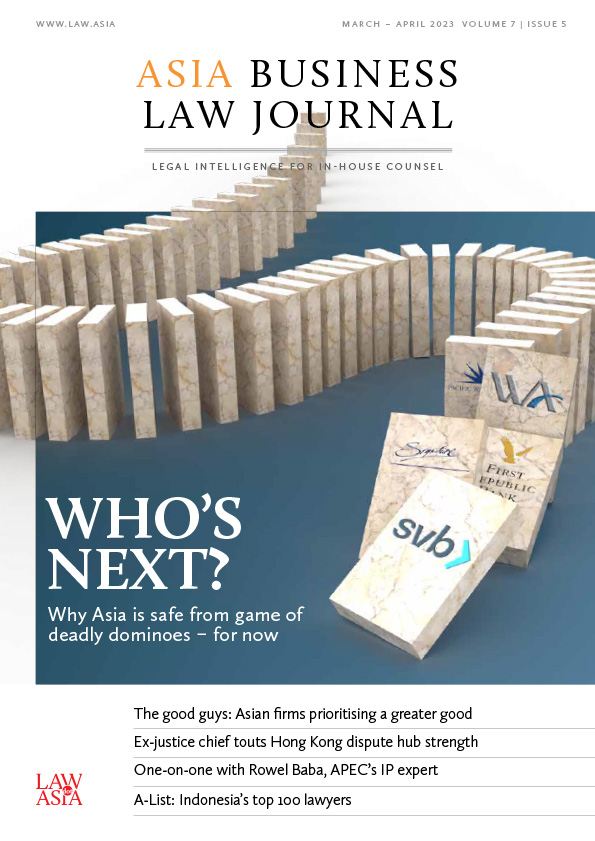Ambiguities and inconsistencies make effective tax planning impossible, laments Rajinder Sharma the general counsel of DuPont India
Every taxation system has its inherent contradictions. While the tax authorities look for ways to increase revenues, taxpayers – both companies and individuals – seek out ways to reduce their tax outgoings. As such, while tax authorities have targets for generating revenue, companies and individuals alike set targets for achieving tax efficiencies.

It is against this backdrop that in-house counsel and tax managers undertake tax planning. But even the best-made tax plans can fall apart when tax officials use a fine-tooth comb to find every opportunity to generate additional revenue for the exchequer. For evidence of this, look no further than Vodafone!
A key problem faced by tax planners in India is that the country’s tax regulations are plagued by inconsistencies and grey areas related to the classification of goods. In the 1980s, these grey areas included goods classified under tariff item 68 of the then-existing excise tariffs in the Central Excise Act. This tariff item was a general catch-all for goods not “elsewhere specified” in earlier items of the excise tariff.
You must be a
subscribersubscribersubscribersubscriber
to read this content, please
subscribesubscribesubscribesubscribe
today.
For group subscribers, please click here to access.
Interested in group subscription? Please contact us.
你需要登录去解锁本文内容。欢迎注册账号。如果想阅读月刊所有文章,欢迎成为我们的订阅会员成为我们的订阅会员。
Rajinder Sharma is the director of corporate affairs and general counsel for South Asia at DuPont India.






















